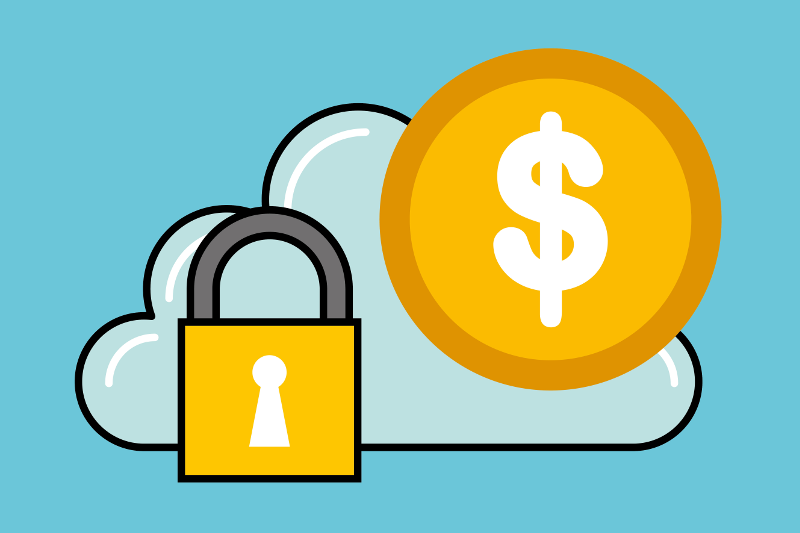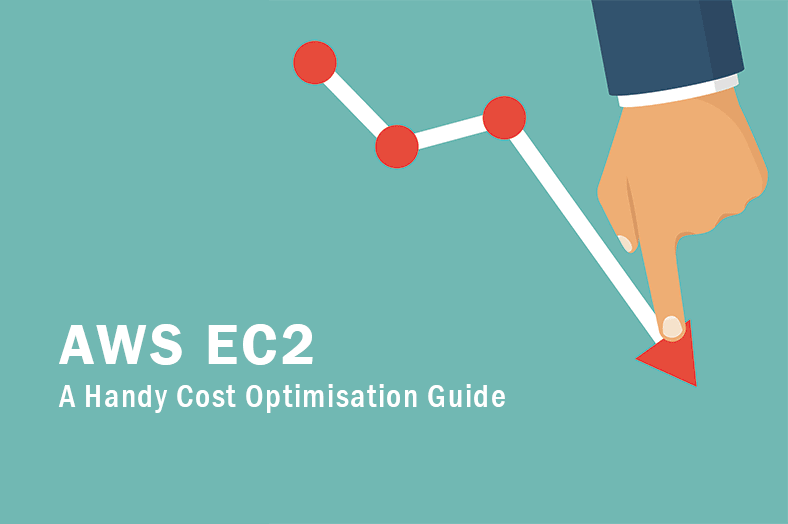November 04, 2016 / by Ben Lloyd
How to keep control of your AWS Cloud costs
The “unlimited” nature of Cloud services is also one of its biggest selling points. Moving to a Cloud-based Amazon Web Services (AWS) system, your IT can grow as quickly as you need – automatically.
In the past, you had to try and predict the rate at which capacity demands would grow and then purchase servers and storage accordingly. This meant making capital investments may go unused for months, despite appearing on the company balance sheet.
AWS transforms IT spend from CAPEX to OPEX – you pay for resources only as you use them. Which means that the problem of unused assets instantly disappears.
But despite these major benefits, unlimited capacity is actually a double-edged sword. Left unchecked, your resource usage can spiral out of control, resulting in an unexpectedly large bill at the end of the month.
So how do you strike the right balance?
Clean up your data
Duplicate data has always been a massive problem for IT managers. Obviously you do an extra copy of your data for recovery in the event of a catastrophic system failure. But you certainly don’t need dozens of copies of the same files.
Duplicate data causes two problems. First, every file takes up storage space – which means that you end up paying for AWS resources that you don’t actually need.
Second, how do you know which copy is actually the “right” one? Your staff may be maintaining and updating several files simultaneously, creating information that is not available to the rest of the business. Working from inaccurate data creates inefficiencies that add to your running costs – and risk customer satisfaction.
As part of migrating to the Cloud you must undertake a “data cleansing” exercise to prevent multiple copies of the same information being uploaded. You should also seriously consider an in-house training programme that explains how you expect data to be stored and used so that employees stop creating duplicates.
Obviously the Amazon Cloud can cope with as much duplicate data as you throw at it – but can you really afford to pay for wasted space?
You should also take the opportunity to evaluate the applications your team uses. What are they for? How are they being used? Do any of them rely on capturing data that is already stored elsewhere on your system?
Quite often your business maintains duplicate data in a range of applications too. The marketing team may have a contact database that duplicates much of the sales team’s system for instance. Investing in a new platform that consolidates this information will help lower your Cloud bill – and ensure that all of your processes are working from the same data.
Get help with your Cloud migration process
Moving to the Cloud is both astonishingly easy, and incredibly difficult. Shifting your infrastructure to AWS is quite straightforward – but doing it properly is much harder.
Investment in additional consultancy services to manage the transition will pay for themselves in the long term. Engaging with an AWS partner expert like ourselves will help you avoid many of the common deployment problems (like data duplication) that eat into your Cloud savings.
To learn more about maximising the cost effectiveness of Cloud services, please get in touch.




